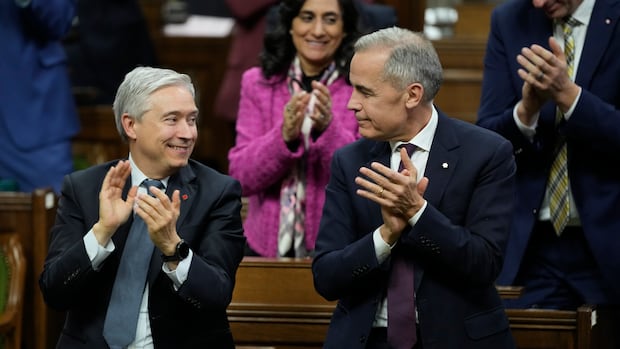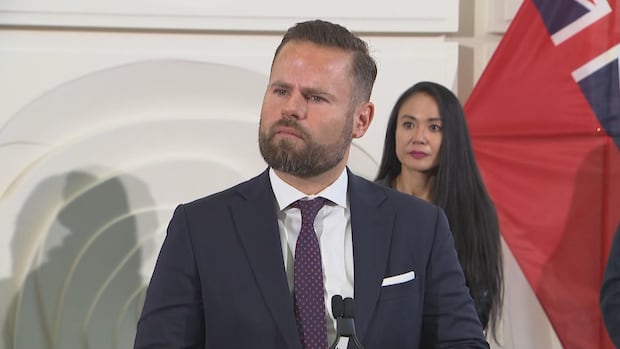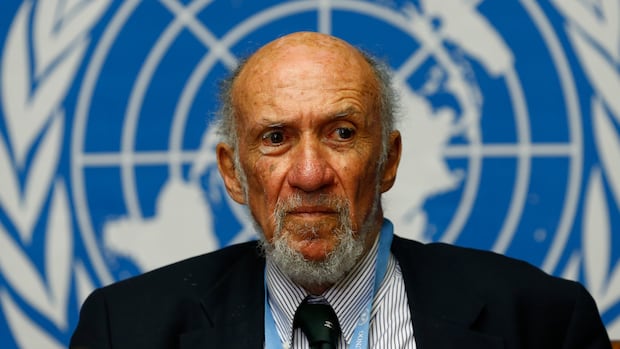Listen to this article
Estimated 3 minutes
The audio version of this article is generated by text-to-speech, a technology based on artificial intelligence.
Canada's annual inflation rate edged down to 2.2 per cent in October, largely due to gas prices falling at a faster pace, Statistics Canada said on Monday.
Pump prices fell at a rate of 9.4 per cent in October, after falling 4.1 per cent in September, as drivers switched to cheaper winter gas blends and crude prices came down "amid continued concerns of oversupply," the data agency wrote.
When excluding gasoline, inflation came in at 2.6 per cent last month, the same as in September.
The details of the inflation report "were a tad on the disappointing side," wrote BMO chief economist Douglas Porter, "as lower gasoline and food prices were a big reason for the moderation, while many underlying prices ticked up."
The Bank of Canada indicated during its most recent interest rate decision that it expects inflation to stay close to its two per cent target in the coming months.
Governor Tiff Macklem suggested at the time that the bank would hold rates at their current level if inflation stayed close to its two per cent projection.
The bank's preferred measures of core inflation — which strip volatile sectors or one-off tax changes from the headline number — have been hovering closer to three per cent, and some of these measures moderated in October.
Grocery prices grew at a slower pace last month, helping to bring the overall rate down. But prices are still elevated and have been outpacing headline inflation for nine months in a row, according to Statistics Canada.
The price of other food preparations (a category that mostly includes processed foods) grew at a slower pace, as did prices for fresh vegetables, but this was offset by higher prices for fresh or frozen chicken.
Slower growth in gas and grocery prices was partly offset by higher cellphone plan prices. Home and auto insurance price growth also ticked up in October, with prices rising most in Alberta for both categories.
"The new news here is not great, driven by persistent strength in insurance costs and a snap higher in cell charges," wrote Porter, adding that this report is "just another reason to believe the Bank [of Canada] is moving to the sidelines in December" and won't cut rates further at that time.











